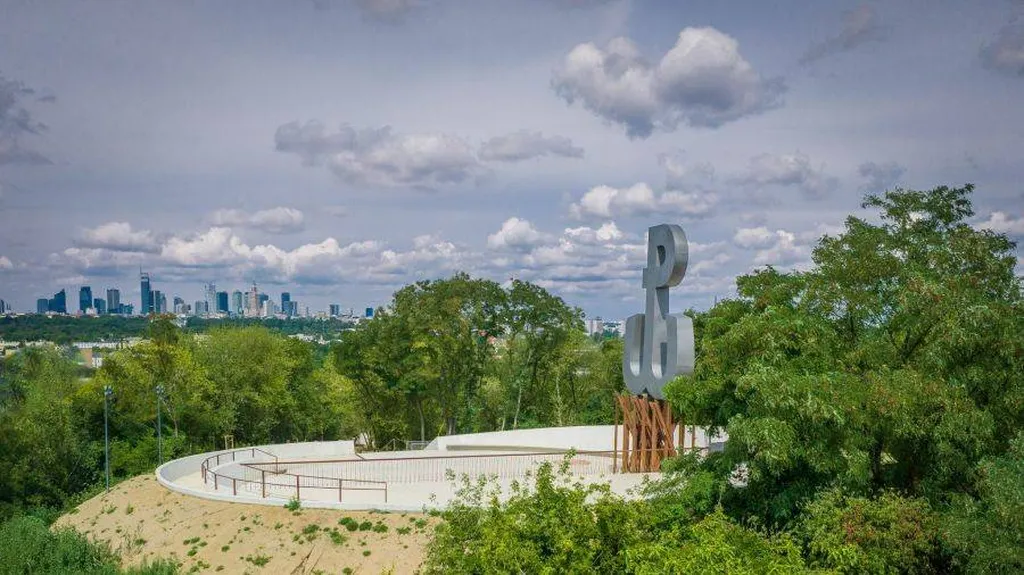In the heart of Warsaw, Poland, an ambitious revitalization project has not only breathed new life into a post-industrial area but has also set a compelling precedent for sustainable urban development. The Radex Park Marywilska project, a comprehensive case study led by Janusz Sobieraj from the Department of Building Engineering at Warsaw University of Technology, has demonstrated the significant economic, environmental, and social benefits of adaptive reuse compared to demolition and new construction.
The study, published in the journal Buildings, reveals that the revitalization of Radex Park Marywilska yielded a staggering PLN 41.15 million in benefits. This figure is broken down into PLN 28.13 million in direct cost savings and PLN 13.02 million from environmental improvements. “This equates to a return of PLN 1.93 for every PLN 1 invested—a notably efficient outcome,” Sobieraj explains.
The project transformed four industrial buildings, with some seeing a dramatic increase in usable space. Building L1, for instance, saw a 345% increase, while Building K1 experienced a 21.6% boost. Although some buildings saw slight reductions in space—Building B1 by 4.7% and I1 by 10.5%—the overall impact was a significant enhancement of the area’s utility.
From an environmental standpoint, the project prevented 48,217 tons of carbon dioxide emissions and diverted 72,315 tons of building waste from landfills. These figures underscore the potential of adaptive reuse to mitigate the environmental impact of urban development.
The economic benefits extend beyond direct cost savings. The project generated new jobs, stimulated local economic activity, and improved infrastructure. Sobieraj highlights the importance of circular economy principles in overcoming the challenges of retrofitting historical buildings to contemporary standards.
The implications of this research are far-reaching for the energy sector and urban planners alike. As cities worldwide grapple with the need for sustainable development, the Radex Park Marywilska project offers a blueprint for achieving economic, environmental, and social benefits through adaptive reuse. Sobieraj’s work suggests that revitalization projects can be a cornerstone of sustainable urban development, providing valuable lessons for policymakers and urban planners.
In an era where sustainable practices are no longer optional but imperative, the Radex Park Marywilska project stands as a testament to the power of adaptive reuse. As Sobieraj’s research continues to influence the field, it is clear that the future of urban development lies in the thoughtful revitalization of existing structures, paving the way for a more sustainable and resilient urban landscape.

